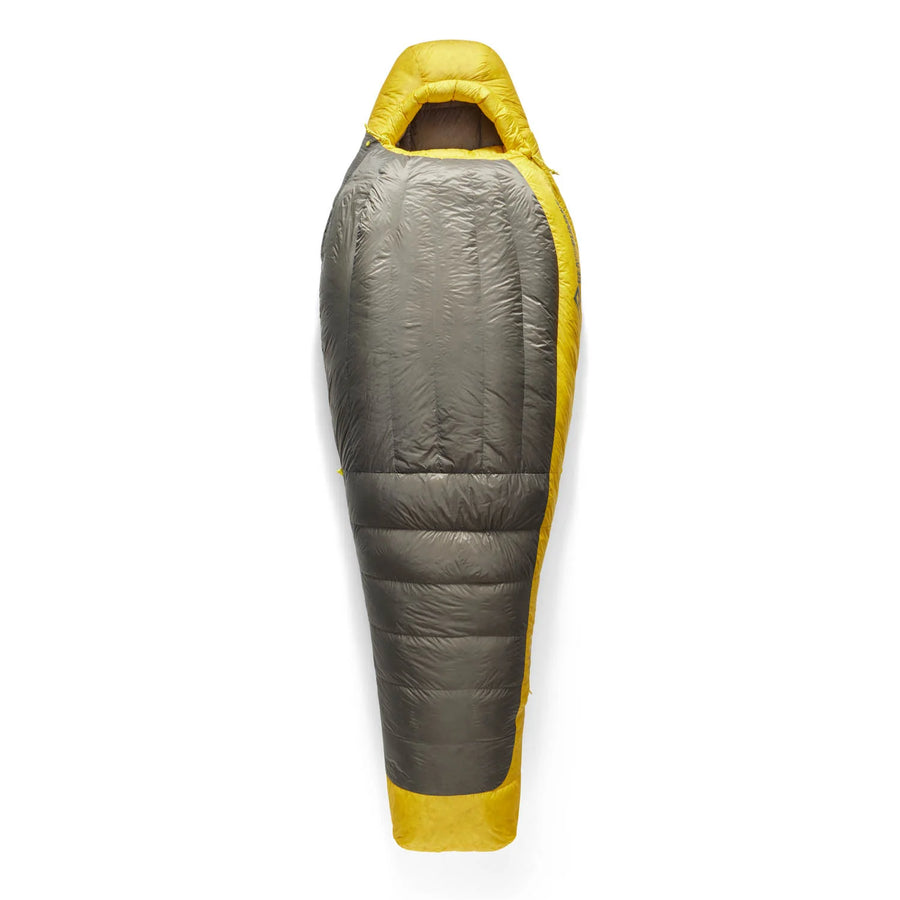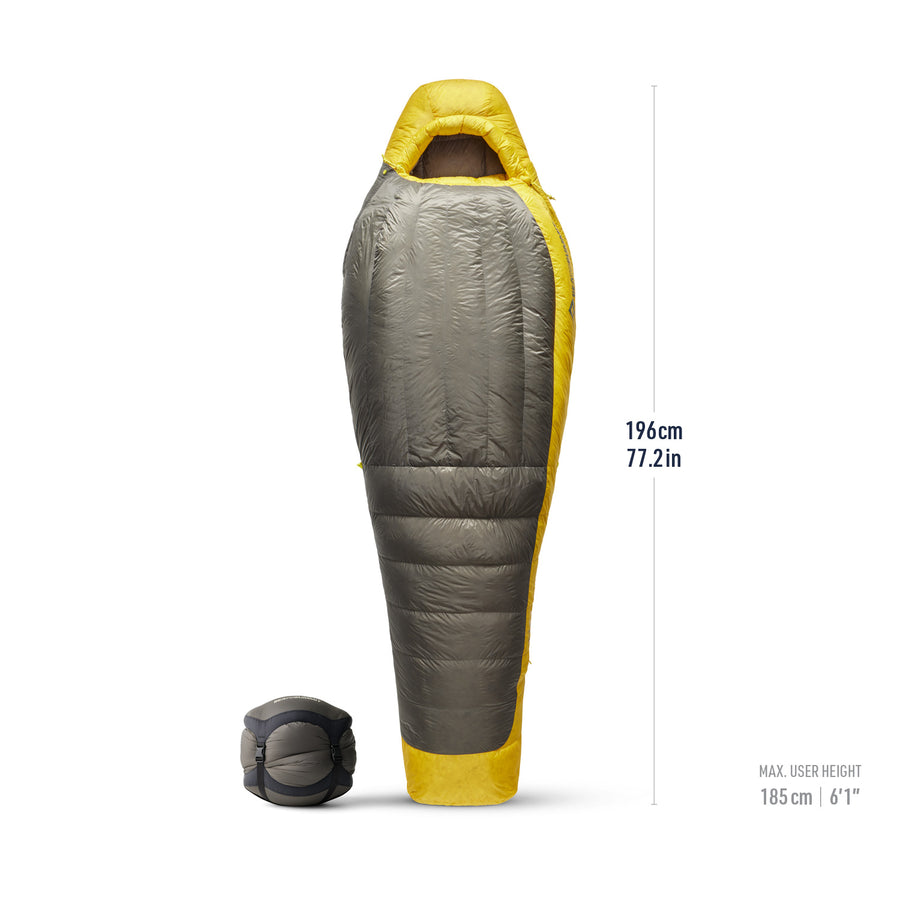Backpacking Sleeping Bags
Crafted for those who crave adventure without compromise. Our sleeping bags provide the perfect balance of lightweight design and superior warmth, ensuring a restful night's sleep on the trail. Discover the perfect blend of comfort and performance and choose between down or synthetic.
Compare Products

Advanced Sleeping Bag MaterialsMaximum Comfort
Discover the ultimate in comfort and performance with Sea to Summit's range of backpacking sleeping bags. Designed for adventurers who demand the best, our sleeping bags combine lightweight materials with innovative insulation technologies to ensure you stay warm and cozy in any conditions. Whether you're tackling a high-altitude trek or embarking on a weekend camping trip, our backpacking sleeping bags offer unparalleled durability and thermal efficiency.
Our collection caters to various temperatures and conditions, making it easy to find the perfect sleeping bag for your next adventure. From ultralight options ideal for summer hikes to robust models designed for winter expeditions, Sea to Summit has a backpacking sleeping bag to meet your needs. Explore our versatile range, including the award-winning Spark series, known for its exceptional warmth-to-weight ratio, and the versatile Ascent series, which offers a balance of comfort and adaptability.














